Fun & Easy STEM Experiments Using Materials You Have Around the House
STEM stands for Science, Technology, Engineering, and Mathematics. These are practical concepts that are used in everyday life, from building houses to cooking! From Chemistry and Biology to Engineering and Mathematics, here are some fun STEM experiments that kids can do.
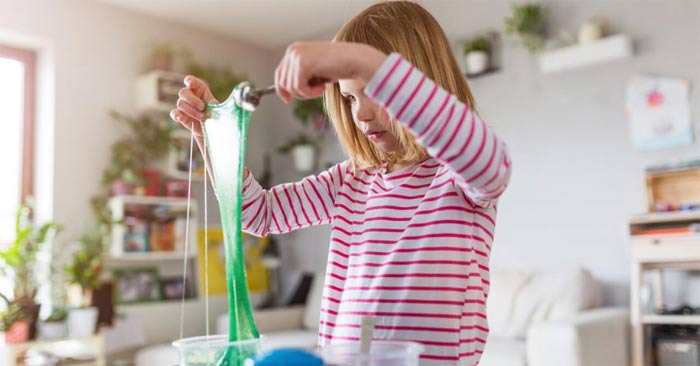
What is a STEM experiment?
STEM experiments for kids are essentially activities that teach kids how the world works. Experiments can range from simple crafts you can do at home to complex experiments that are done in a specialized lab.
The key to an effective STEM experiment is to teach kids real-world scientific principles in a fun, creative, and hands-on approach.
STEM Experiments for Kids
Clouds in a jar

Catch a cloud from the sky! This experiment teaches your child to create a real cloud – in a jar! All you need is warm water, matches, a jar, a flashlight, and a balloon.
Kids can learn about evaporation and explore the water cycle in the environment through this STEM experiment.
Steps to follow:
- Fill the jar halfway with warm water.
- Light a match and let the smoke fill the jar for a few seconds. Then, quickly remove it.
- Quickly cover the mouth of the jar with a cut balloon.
- Gently push on the balloon (making sure it doesn't fall out!). You are actively changing the air pressure inside the jar.
- Slowly watch the clouds form. Shine a flashlight into the jar to get a better look!
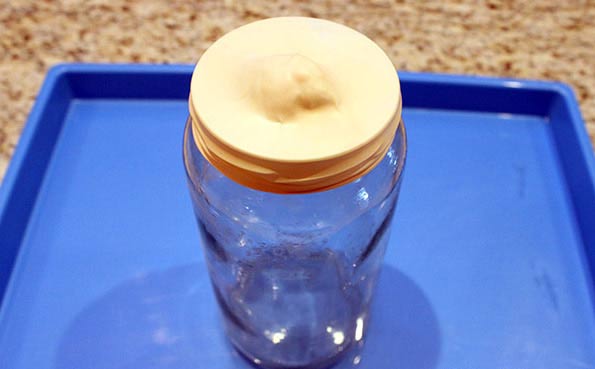
Category: Environmental Science
Key Concepts: Water Cycle, States of Matter
Estimated duration: 20 minutes
Age: 4-5
Match numbers with sticky notes
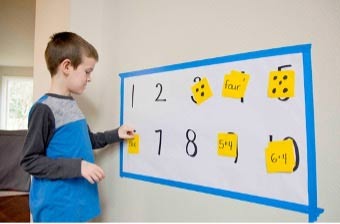
Bring math to life! This simple activity challenges kids to match numbers on the wall to corresponding numbers on sticky notes. All you need is some paper and sticky notes!
This activity challenges children to understand the meaning of number values while making math fun!
Steps to follow:
- Write the numbers 1-10 on a large piece of paper and stick it on the wall.
- On a piece of paper, write the numbers that correspond to 1-10 (for example: 3 + 3 equals 6, eight dots equals 8)
- Ask your child to match the sticky notes to the numbers on the wall! This helps children gain a deeper understanding of number values.
Category: Math
Key Concepts: Numeric Values
Estimated duration: 20 minutes
Age: 3-4
Suncatcher Crystal Illusion Ball
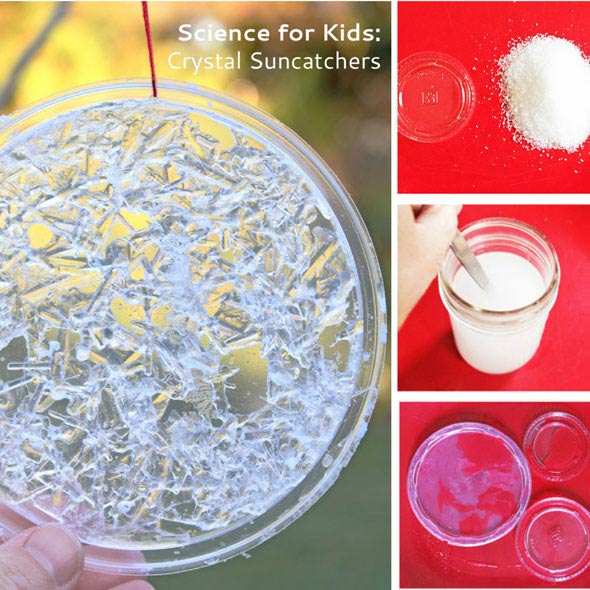
This experiment teaches kids how to make crystals using simple household items! All they need is salt, a glass jar, a piece of string, and some hot water! Your child can also observe the crystallization process with their own 'crystal suncatcher'!
Steps to follow:
- Mix a cup of salt and warm water in a 1:1 ratio. Note: The water must be around 80 degrees Celsius and not boiling.
- Pour a sufficient amount of solution into the cap and place in a place with plenty of sunlight.
- Crystallization can take anywhere from a few hours to a few days! Patience is key to creating beautiful crystals!
- Once the crystal is completely sealed, poke a hole in the lid and hang it with string.
Category: Science (Chemistry)
Key Concepts: Crystallization
Estimated time: 1-2 days
Age: 7-8
Hand winch manufacturing
This STEM experiment is perfect for creative kids! All they need are recycled materials like a long toilet paper roll, string, straws, and a spool of assorted yarn.
Experiments like this are a great opportunity for kids to learn about how simple machines (like pulleys) affect everyday life.
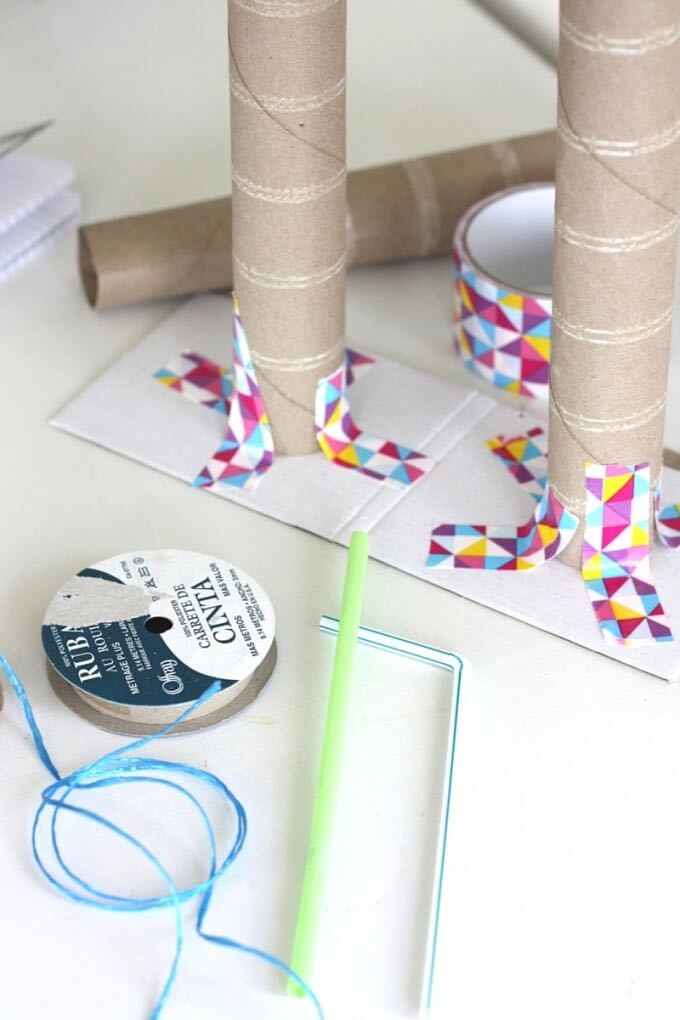
Steps to follow:
- Tape the toilet paper rolls to a flat surface. Use a straw to determine the distance between them.
- Cut 2 slits in each toilet paper roll, making sure the straw is large enough to fit and rotate.
- Attach the string to the spool and place it in the center of the straw. If you don't have a spool, just tape the string to the straw.
- Tape and secure the line to the spool. Attach a basket or something to the end of the line and twist the straw to complete the winch!
Category: Engineering
Key Concept: Pulley
Estimated duration: 45 minutes
Age: 9-11
Slime - Magnetic Ghost Slime
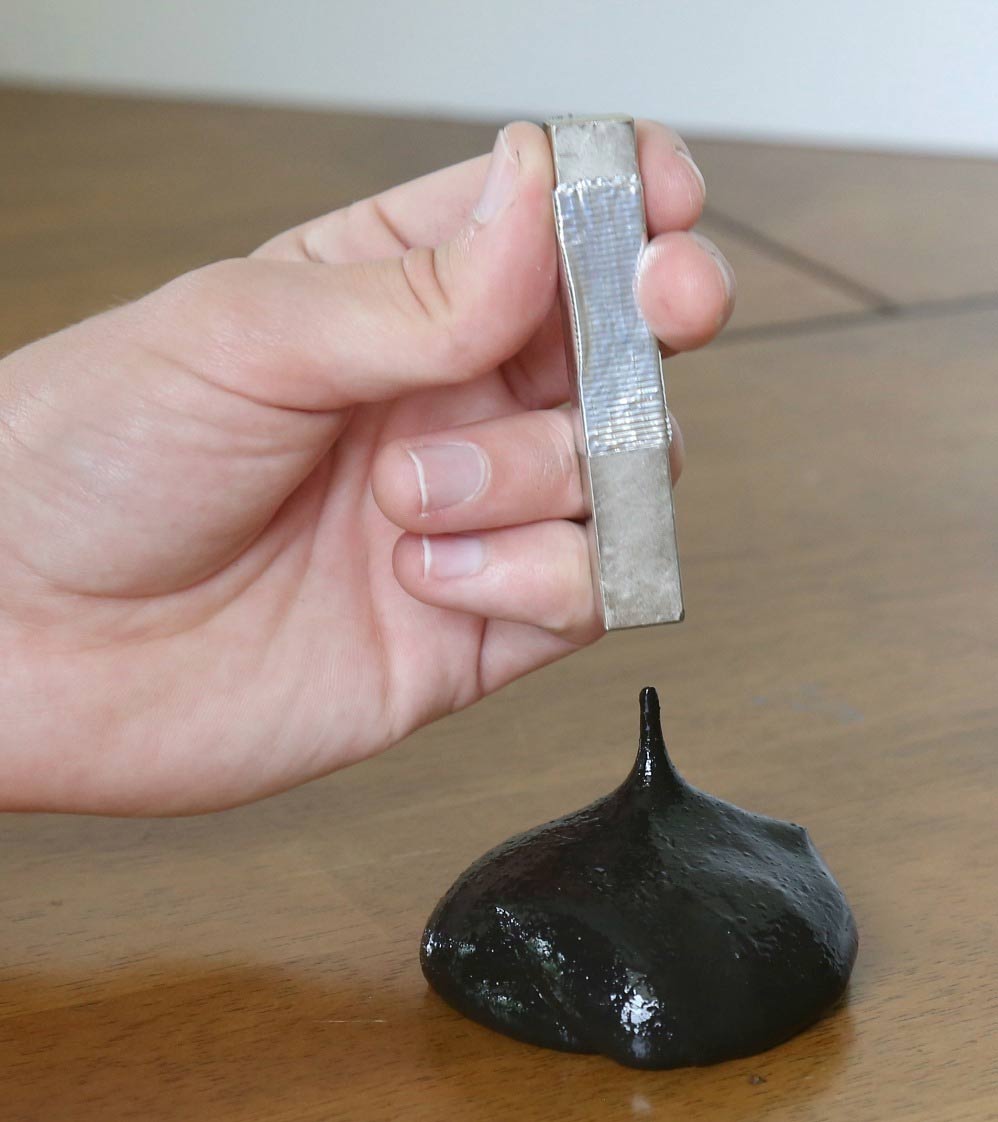
Magnetic liquid slime is awesome, right? This STEM experiment puts a scientific spin on the slime kids everywhere know and love. You'll need white glue, liquid starch, iron oxide powder, and a strong magnet to make this slime. Kids can learn about the properties of magnetism through this unique activity.
Steps to follow:
- Mix ¼ cup white glue with 2 tablespoons iron oxide powder.
- Add ⅛ cup of liquid starch. If you add too much liquid starch, rinse the slime under cold water for a few seconds.
- Knead with your hands until the slime becomes slimy.
- Kids can experiment with slime with magnets!
Genre: Science (Physics)
Key Concepts: Magnetism, Fluids
Estimated duration: 30 minutes
Age: 9-11
You should read it
- Strangely, people with 45% burns are healed quickly with stem cell therapy
- Storing stem cells from baby teeth can save your baby in the future
- Unbelievable story: Successful creation of stem cells made from stem cells through 3D printing equipment
- Listed 10 most terrible experiments on animals
- Activities to help children learn critical thinking
- First success in restoring vision using stem cell treatment
 It's replacement time for popular household appliances.
It's replacement time for popular household appliances. The Surprising Origins of Our Favorite English Slang Words
The Surprising Origins of Our Favorite English Slang Words Simple psychological tips to help you live a happier life
Simple psychological tips to help you live a happier life If money is keeping you up at night, these financial habits can help you get out of this problem.
If money is keeping you up at night, these financial habits can help you get out of this problem. 100 Most Common Japanese Letters - Kanji
100 Most Common Japanese Letters - Kanji How to subtract fractions
How to subtract fractions